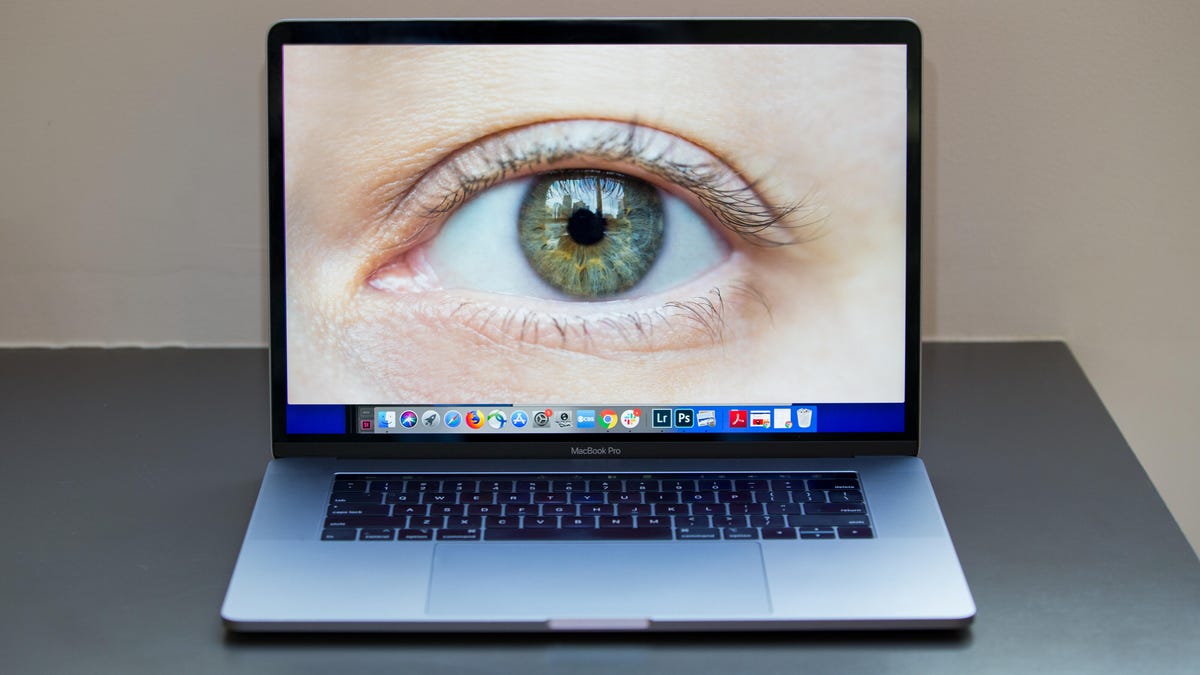New Technology Expands Human Color Perception with Revolutionary Eye System











2025-04-21T20:24:00Z

Have you ever thought that you've seen every color imaginable? Think again. Researchers from the University of California at Berkeley and the University of Washington have made a groundbreaking advancement in color perception. They have developed an innovative system designed to control the photoreceptors in the human eye, enabling the perception of previously unseen colors. This remarkable discovery was published in the journal Science Advances last week.
The system, known as Oz, utilizes targeted laser pulses to stimulate the cone cells in the retina. These cone cells are responsible for color vision. By precisely activating these cells, the researchers are able to push the eye's capabilities beyond its natural "spectral sensitivities." This technology allows the brain to perceive colors that fall outside the usual human color spectrum, resulting in what respondents have described as an extraordinary "blue-green of unprecedented saturation."
Dr. Ramkumar Sabesan, a distinguished professor of ophthalmology at the University of Washington School of Medicine and a contributor to this research, explained that for decades, studies on human color perception and its failure due to various diseases have primarily relied on ex vivo retinal samples taken post-mortem or animal models. The term "ex vivo" refers to studies conducted on cells that have been removed from a living organism, which often limits the understanding of the live human experience.
Dr. Sabesan noted that the Oz system holds promise for improving the diagnostic process for patients undergoing treatment for retinal diseases. It can significantly assist doctors and scientists by compensating for the eye's inherent optical blur as well as addressing minor involuntary movements of the eye, thereby providing a clearer assessment of visual perception.
"The utilization of Oz for demonstrating the color Olo is merely the tip of the iceberg," Dr. Sabesan remarked, emphasizing the potential for scientific and clinical breakthroughs that this platform could facilitate.
Even those directly involved in the research were taken aback by the results. Ren Ng, an electrical engineer from the University of California, Berkeley, shared his astonishment during an interview with The Guardian, stating, "We predicted from the outset that it would yield an unprecedented color signal, but we were unsure how the brain would interpret it. The result was jaw-dropping. It is incredibly saturated."
Unfortunately, conveying what this new color truly looks like through a computer monitor is a challenge, as the display cannot replicate the exact experience. However, researchers have described the new color as resembling a bright turquoise, offering a glimpse into the transformative potential of the Oz system.
 Robert Jackson
Robert Jackson
Source of the news: CNET